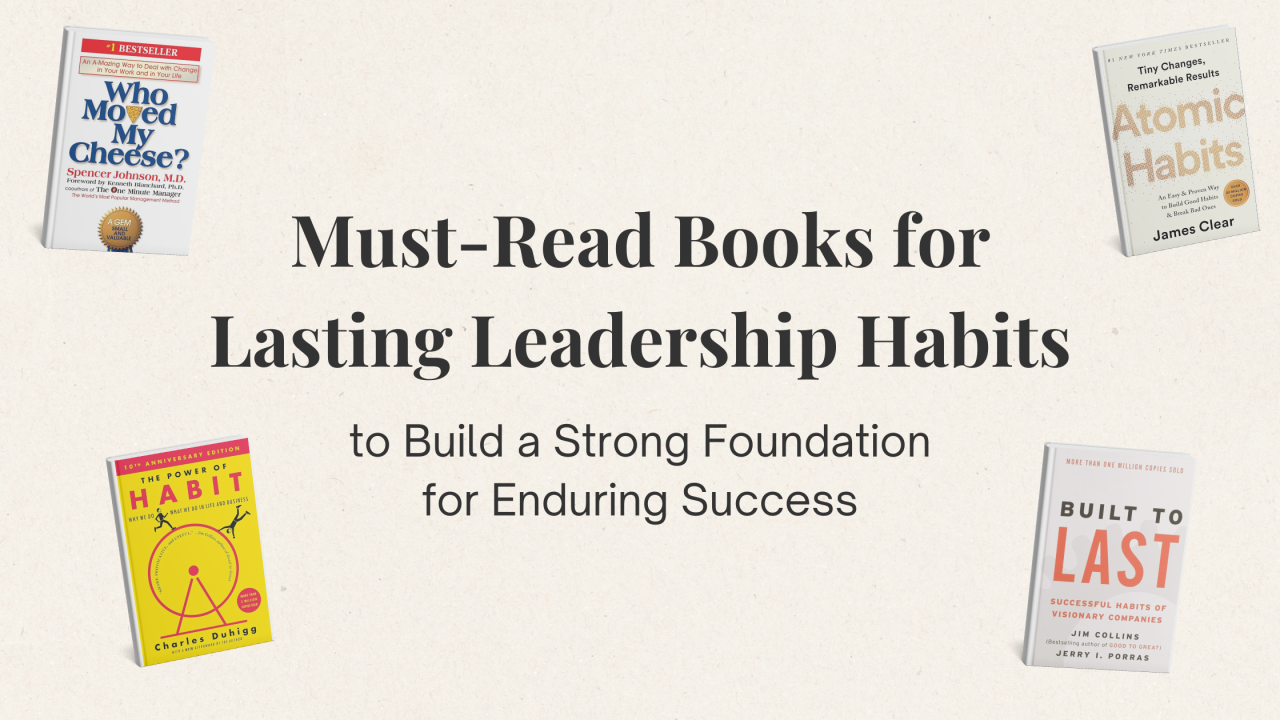The very idea of a recession looming on the horizon can cause dread and anxiety to creep into the hearts and minds of even the most resilient and fearless entrepreneurs. But handled properly, a recession can become an opportunity. Financial experts advise that you should never let a recession go to waste.
With some careful planning and skillful strategizing, your business can emerge from a recession stronger and nimbler than ever before. Most businesses have needed some sort of clean-up for years. That might mean analyzing the effectiveness of your workforce, board of directors, technology contracts, and customer relationships.
Use this potential recession to finally make the changes you’ve needed to make for a while but hadn’t gotten around to yet. Nobody will criticize you for cutting expenses or making changes during a recession. You are simply doing what is needed to survive.
Taking Stock
There are many steps you can take. One important aspect is how you handle inventory, if buying and selling physical products is part of your business. For many companies, one of the largest assets they have is inventory. But it can quickly turn from an asset into a liability during a recession. Managing inventory levels is a never-ending challenge even in the best of times. Carrying excess slow-moving inventory ties up cash without increasing revenue. But not having enough product on hand can lead to missed sales opportunities, possibly even driving customers over to your competitors.
Getting caught holding surplus inventory during a recession can be catastrophic because your wiggle room diminishes. Sales levels can become harder to predict, and if the economy has a prolonged period of contraction, you might end up in the unenviable position of having to discount your inventory, perhaps even for less than you paid for it.
An economic slowdown is the time to do a thorough analysis of your on-hand inventory reports and get ready to make some hard decisions. That pet project you had high hopes for might not be panning out as you had planned. Or the market might already be saturated by a hot seller that has served you well, and now could be the time to bid farewell to it.
Calculate how much inventory you have in stock and match it up against your orders in hand and forecasted sales. Keep enough product to meet those numbers plus a safety allowance. Your analysis shouldn’t stop there – revisit the numbers frequently and adapt as the market expands or contracts. The key is staying on top of it. You don’t want to let your guard down and then get a nasty surprise when you realize you are overloaded with slow-selling merchandise.
Discontinue Slow Sellers
In addition to cutting items that don’t move quickly enough, you should also work with members of your management team – such as your finance department or your accountant – to determine which of your products and services are the least profitable. Strongly consider dropping them from your offerings unless they are considered “strategic,” meaning they help propel the sales of other products and services that are profitable enough to compensate for the less profitable items.
Ditching your soft-selling or unprofitable products and services leaves space to try something new. If your core business is flailing, you might be able to find other ways to serve your customers. You already have resources in place, so you might be able to diversify and serve the needs of your community in a different way. Perhaps your existing customer base has a need for new services or additional products you could provide.
For example, during the pandemic, many businesses pivoted and diversified their operations to serve a spike in demand. Some manufacturers started making masks and other protective equipment. Liquor distilleries began making hand sanitizer. Restaurants focused on delivering food rather than traditional dining inside their establishments. Therapists and personal trainers started using video conferencing to retain and serve their clients. All these businesses have something in common – they took a tough situation and turned it into an opportunity to thrive.
Companies that invest strategically during recessions tend to emerge from a slowdown stronger than those that don’t invest. While it is natural to be focused on measures that will help you survive a recession, it is crucial to continue innovating. Stay current with the latest technology, equipment and trends that could benefit your business in the long term. Your company’s finances might not be conducive to acting on your plans just yet, but it’s still imperative that you are prepared to introduce new products and services even if you wait until after the recession is over to launch them.
Ripe With Opportunity
There are advantages to pursuing investment opportunities and strategic partnerships in a challenging economic environment. While it can be risky to make these investments, there is also an element of risk that comes with passing up these opportunities. Your company must retain its competitive edge in the marketplace. The amount of risk your business can bear is dependent on several factors, including the company’s financial state, how large of a cash reserve it has, and its prospects for the future. The state of mind of the entrepreneur leading the business also comes into play. Is the owner risk-tolerant and aggressive, or conservative and cautious?




